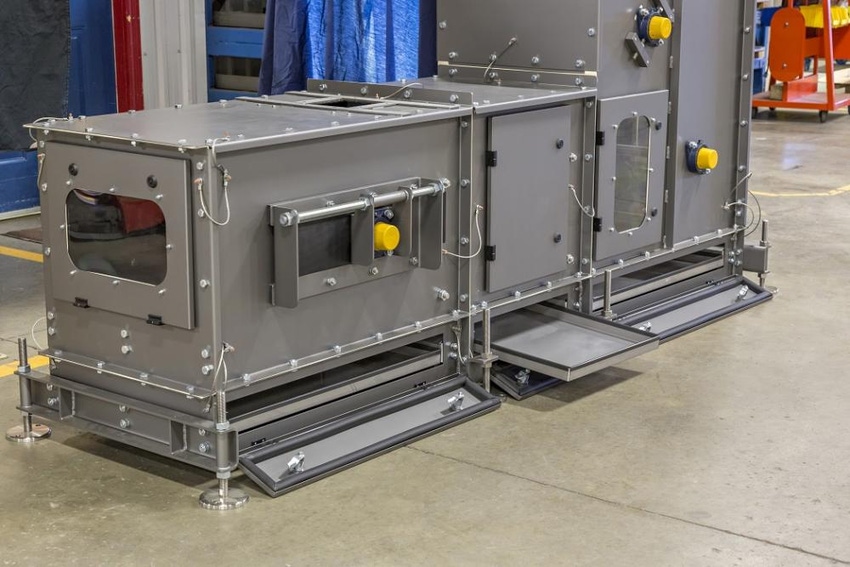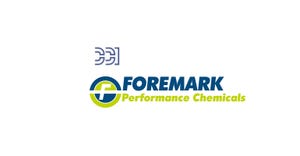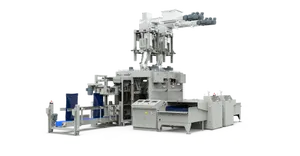4 Signs of Bucket Elevator Inefficiency
February 25, 2019

Continuous bucket elevators are widely used in many facilities to transport bulk solids. While a well-designed continuous bucket elevator is an effective means of material transport, there are factors that can degrade the overall efficiency of a unit. In this article, we highlight four signs of bucket elevator inefficiency, whose causes, if not addressed, can seriously compromise equipment performance.
Inefficiency Sign #1: Infeed Losses
A critical, but often overlooked aspect of bucket elevator design and operation is considering how the equipment will be fed. Failure to control and regulate the feed of material into the elevator can result in product losses and damage, as well as reduced throughput. Common causes of infeed losses include the following:
* Failing to achieve an even distribution of product within the elevator’s buckets. This problem often arises when product is being fed at right angles to the elevator.
* Overfilling the buckets. Feeding product at too fast a rate can result in bucket overfilling, spillage, and plugging of the elevator’s infeed section.
* Dropping product into the elevator from too high a height. This can cause particle damage and attrition.
* Feeding the elevator before the running speed is achieved. Feeding in product before the optimum running speed is achieved can result in underfilling of the buckets.
Inefficiency Sign #2: Reduced Speed
Reducing the running speed of a continuous bucket elevator below the designed or planned rate is often a response to other problems, such as the infeed problems described above. Reduced speed may also be necessary when the elevator spills or damages product when running at the planned rate, or when downstream equipment is unable to accept all product from the elevator when it runs at the planned rate. The solution in all cases is to investigate and correct the root cause of the problem so that the elevator may be run at the planned rate.
Inefficiency Sign #3: Reduced Yield
Reduced yield can take several forms. First, the quantity of product that the elevator delivers to downstream equipment may be lessened through losses from spillage, failure of some product to discharge from the buckets, etc. Secondly, the quality of product delivered by the elevator may be compromised as it moves through the equipment. Both types of losses, quantity and/or quality, represent yield losses.
For the first case, addressing the causes of spillage or failure of material to discharge will improve the quantity of product delivered by the elevator. Material spillage can be a function of equipment design as well as operating procedure. For example, continuous bucket elevators designed with interlocking buckets, as opposed to those which merely overlap, will always be more effective at preventing spillage. In addition, overfilling the buckets, either by presenting material to the elevator at too fast rate or running the elevator at too slow a speed, can result in material spillage. The solution in either case is to affect the necessary adjustments to material feed rates and/or the run speed to achieve the optimal bucket fill.
Failure of material to fully discharge from the elevator buckets can be addressed using discharge aids, such as “bucket knockers,” which are designed to dislodge material from the elevator buckets at the point of discharge. In addition, conveying materials that are inherently sticky and that have a propensity to adhere to the bucket surfaces may require the use of buckets with Teflon-coated or dimpled surfaces.
Quality degradation often manifests itself through particle attrition or breakage. The solution in this case is to use an elevator designed for high-care conveying and which is capable of gentle handling. This will prevent particle attrition or breakage and ensure that what goes into the elevator is what comes out.
Inefficiency Sign #4: Unplanned Stoppages and Downtime
A common cause of stoppages in bucket elevators is the unwanted accumulation of material in the elevator’s infeed section. If left unchecked, material can accumulate in the infeed section to the point where it interferes with the movement of buckets through this section of the elevator. In the worst cases, built-up material can block the movement of the buckets, leading to an overload situation, which halts the operation of the unit.
This problem often results from material spilling out of the buckets as they move through the elevator. This can occur when the buckets are either overfilled or unevenly filled, as discussed in #1. Corrective actions require addressing the underlying causes. These are often attributable to improper regulation of the material infeed rate or failure to match the infeed rate with the elevator’s run rate. In addition, installing optional cleanout drawers or trays on the infeed and lower horizontal sections of the elevator can permit the easy removal of any accumulated material within these sections.
Unplanned equipment downtime due to parts failure can seriously erode the operating efficiency of a continuous bucket elevator. While you may never entirely prevent the occurrence of unplanned downtime, there are certain steps that one can take to minimize the impact of such events when they do occur. These include the following:
* Always keep a bench stock of critical operating parts on hand. This allows fast recovery from an unplanned downtime event.
* Track parts failure history to discover which elevator parts are most prone to failing and which should be stocked.
* Practice condition-based maintenance. Maintenance of the elevator should be based on its actual condition, rather than according to a calendar-based schedule. Elevators can also be fitted with condition-based monitoring devices which alert operators and maintenance personnel when an abnormal condition is developing.
James Bransfield is the engineering team leader for UniTrak Corporation Ltd. UniTrak manufactures the TipTrak line of continuous bucket elevators. To learn more, visit www.unitrak.com.
For related articles, news, and equipment reviews, visit our Mechanical Conveying Equipment Zone
Click here for a List of Mechanical Conveying Equipment Manufacturers
You May Also Like


